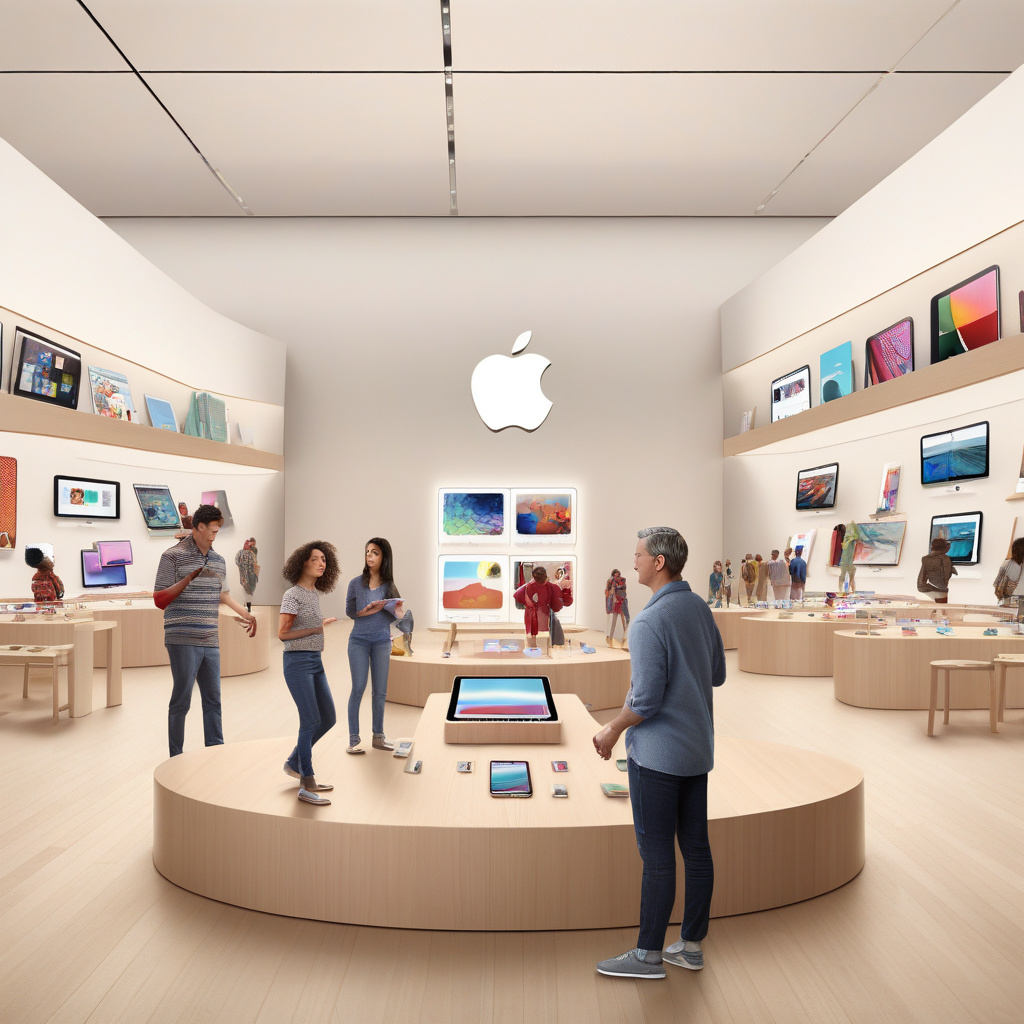Apple Q2: Services Buys Time, What’s Next?
Apple’s recent financial results for Q2 reveal a strategic shift towards services that is propelling the tech giant forward amidst global economic challenges. Despite tensions between the US and China and the gradual adoption of Apple Intelligence, CEO Tim Cook’s focus on building the services business has proven instrumental. This move, exemplified by the Beats acquisition in 2014, has paid off handsomely, with services contributing significantly to Apple’s revenue resilience.
While iPhone sales faced setbacks, the services sector witnessed a remarkable 14% year-on-year growth, generating $26.3 billion in revenue—constituting around 21% of Apple’s total earnings for the quarter. Cook highlighted this success, noting that services achieved an all-time revenue record, surpassing even his initial ambitious targets for the segment.
What sets Apple’s services income apart is its profitability. With a staggering 75% margin on services compared to 39.31% on hardware, Apple retains a substantial portion of its services earnings. The latest financial figures underscore this shift towards services dominance, with key metrics like revenue, EPS, and net income reflecting a robust performance.
Analysts like Erik Woodring note the increasing average revenue per user from services, indicating growing customer engagement with Apple’s offerings. The success of iPhone 16 over its predecessor and the surge in upgrades align with the company’s transition towards Apple Intelligence, further fueling its services ecosystem.
Apple’s services pivot showcases the value of diversification for sustained growth, emphasizing the importance of exploring related opportunities. CFO Kevan Parekh highlighted the momentum in services, with a burgeoning base of active devices driving future prospects and customer engagement. The revelation of over a billion paid subscriptions underscores Apple’s strong foothold in the services landscape.
As Apple navigates the transition to Apple Intelligence, its services income acts as a reliable revenue stream, shielding the company from product sales fluctuations. This strategic approach not only bolsters Apple’s financial stability but also sets the stage for future innovations and offerings that will captivate customers.
Looking ahead, Apple’s next moves after the services success remain crucial. The company must chart a course for sustained growth, potentially through international expansions of Apple Intelligence or enticing new service models. The quest for innovation and customer-centric offerings will be pivotal in Apple’s continued success in the ever-evolving tech industry.
In conclusion, Apple’s robust services performance in Q2 underscores the company’s resilience and strategic foresight. By leveraging services as a cornerstone of its revenue stream, Apple has bought valuable time to navigate complex market dynamics and propel innovation. As the tech giant charts its future course, the focus on enhancing services and driving customer value will remain paramount in its quest for sustained growth and relevance in the tech ecosystem.

